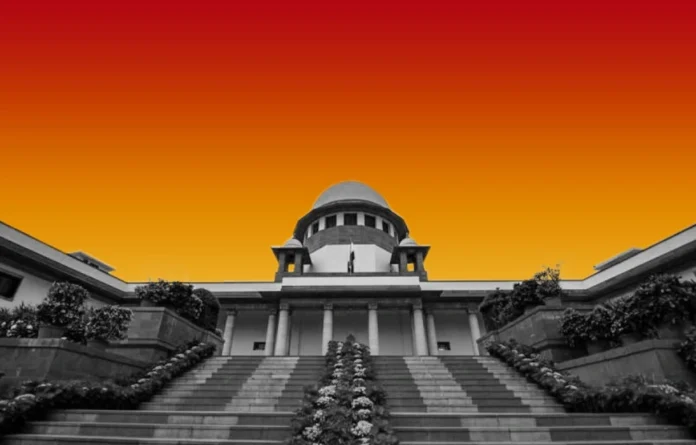The Supreme Court on Wednesday berated the Union government over its failure to frame a scheme for cashless treatment of road accident victims during the ‘golden hour,’ the one-hour period immediately after an accident, as mandated under Section 162(2) of the Motor Vehicles Act, 1988.
Calling it a very serious breach and violation of it’s January orders, the Bench of Justice Abhay S Oka and Justice Ujjal Bhuyan directed the Secretary of the Ministry of Road, Transport and Highways to appear before the Court on April 28, and explain reasons for not implementing the beneficial provision in the statute.
On January 8, 2025, the top court of the country ordered the Government of India to frame the scheme under Section 162(2) by March 14, 2025, and submit its details along with an affidavit explaining the implementation by March 21, 2025.
The Bench had observed that the implementation of the scheme would help in saving lives of several road accident victims, who often did not receive timely medical treatment.
Expressing it’s strong displeasure over the non-implementation of the scheme , the Apex Court warned that it would take action under the Contempt of Courts Act, if no progress was made by the next date of hearing.
The Counsel appearing for the Centre assured the Court that the scheme would be implemented soon.
Section 162(2) of the Motor Vehicles Act required the Union of India to frame a scheme for providing cashless treatment to motor accident victims during the “golden hour”, defined under Section 2(12-A) of the Act as the period of one hour following a traumatic injury when prompt treatment has the highest likelihood of preventing death. Though Section 162 came into force on April 1, 2022, no scheme has yet been implemented.
The Bench passed the order on a writ petition filed by S Rajaseekaran, Chairman and Head of Department of Orthopaedic Surgery at Ganga Hospital, Coimbatore, highlighting road accident deaths.
Advocate Kishan Chand Jain filed an interlocutory application seeking directions for implementation of Section 162.
The Bench today also dealt with issues related to the processing of claims in hit-and-run motor accident cases.
Noting that as of July 31, 2024, 921 claims were pending with the General Insurance Council (GIC), the Apex Court directed GIC to place on record the latest figures on pending applications.
It further directed the Council to file an affidavit detailing the status of the claims and compliance with the order by the same date.
It Apex Court directed the Chief Secretary of the Transport Department to issue instructions in writing to all District Magistrates to upload details of claims related to hit-and-run cases on the GIC portal. In case there were any difficulties in uploading the claims or in the functioning of the portal, such issues should be brought to the notice of GIC, it added.
Amicus Curiae Gaurav Agarwal pointed out that as per order dated January 12, 2024, some State Legal Services Authorities have been diligently conducting meetings regarding the processing of claims.
On January 12, 2024, the top court of the country had directed that a Monitoring Committee be set up in every district to oversee the implementation of the Victim Compensation Scheme, including the Secretary of the District Legal Services Authority (as Convener), a Claims Enquiry Officer nominated by the State Government, and a police officer not below the rank of Deputy Superintendent of Police nominated by the District Superintendent of Police.
The Committee must meet at least once every two months to review compliance with the directions, it added.
The Bench directed all Legal Services Authorities to submit compliance reports in this regard by July 15, 2025.
Taking note of low claim settlement rates under the Compensation to Victims of Hit and Run Motor Accidents Scheme, 2022, the top court of the country had earlier directed the GIC to coordinate with claim settlement officers to resolve deficiencies and process claims. It also asked GIC to complete the development of a digital portal for claim processing and report compliance by March 14, 2025.


